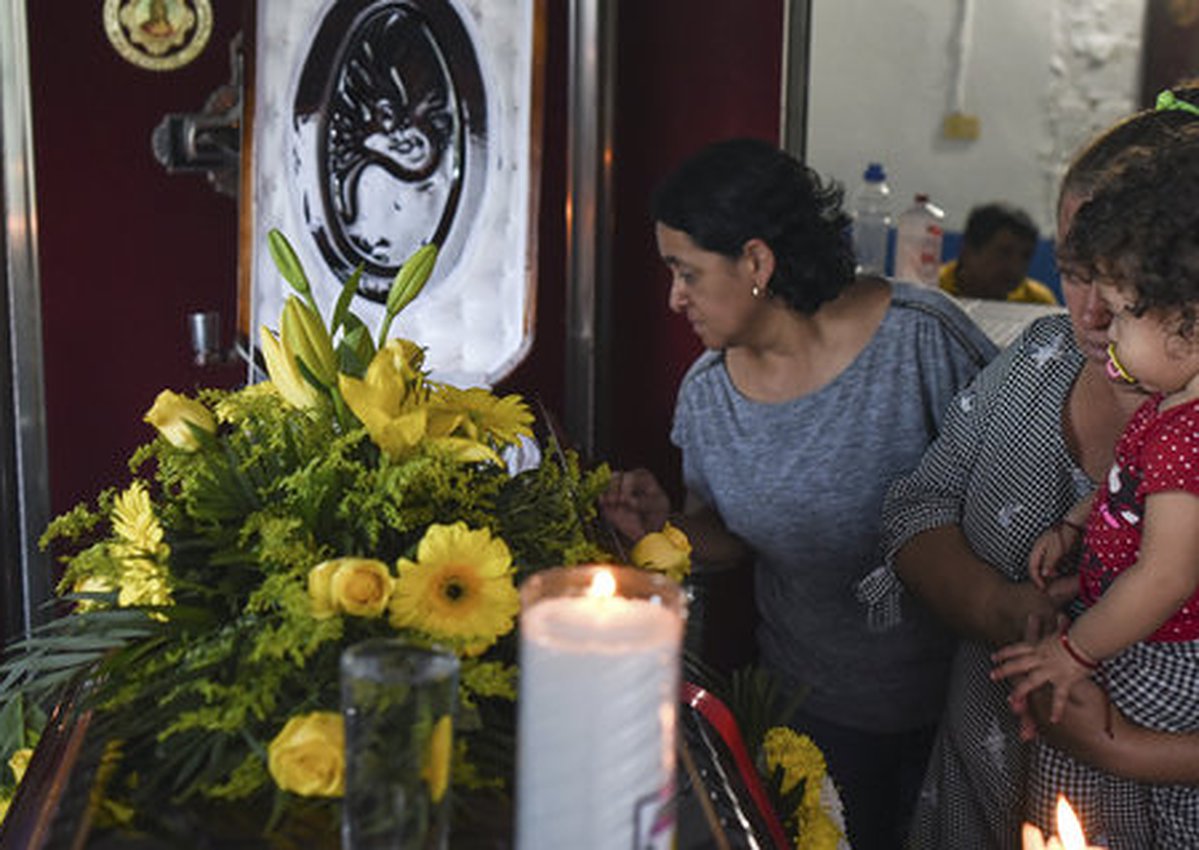A total of 48 journalists died in incidents, and accidents, directly related to their job in 2019. That was the lowest number of media workers killed in 16 years, according to the ‘Killing The Messenger’ report of journalism casualties from around the world, published annually by the International News Safety Institute (INSI).
It was also a year of apparent breakthroughs in investigations into the murder of high profile journalists, with significant legal developments in the killings of Ján Kuciak from Slovakia; Saudi Arabia’s Jamal Kashoggi; and Daphne Caruana Galizia in Malta.
There was a big reduction in casualties in war zones, where deaths more than halved in 2019 compared to the previous year and were a fraction of the average tally for the previous two decades.
INSI director Elena Cosentino said that explanations behind the drop in the number of media casualties are multiple but a reduction of hostility towards the media is not one of them.
“Our industry was spared the mass killings that blighted previous years when dozens of media workers lost their lives in targeted attacks,” said Cosentino.
“There was also a big reduction in casualties in war zones. That’s not because war reporting got any safer. The decline in casualties was simply because fewer journalists reported from conflict zones in the first place. Syria, Yemen and Afghanistan were deemed simply too dangerous for either local or international media to cover and were dropped from many outlets’ news agenda.”
Mexico, where 12 journalists died, was the deadliest country for media workers in 2019, according to ‘Killing The Messenger’, which is compiled for INSI by the Cardiff School of Journalism. Tanzania was the second deadliest country on the INSI list, simply because a car accident claimed the lives of five media workers going about their jobs. Four journalists died in Afghanistan and also in Syria and three in Honduras and in Somalia.
Last year also marked the first time in 21 years that no journalist was killed on foreign soil. As international correspondents withdrew from the world’s most dangerous places, all 48 casualties that INSI recorded last year were local journalists reporting from their home countries. The majority died in places supposedly at peace, killed by unknown assailants while reporting on crime, politics and corruption.
Though in 80 percent of the cases impunity prevailed, legal developments on previous killings, particularly in Daphne Caruana Galizia’s case, provided some hope. However, progress only came after a relentless campaign waged by Daphne’s family, huge international pressure and intense media scrutiny from all over the world. Most murdered journalists don’t generate headlines when they are killed and the institutions that should protect them are often the biggest threats.
“Daphne’s case proves that with enough time and pressure even the most powerful could one day be held to account. As happened in Malta, raising the cost of killing a journalist is the ultimate aim for everyone in the news industry. Despite the progress made in 2019, that still feels like a long way off,” said Cosentino.
See the full report here.
Image by AFP




























































